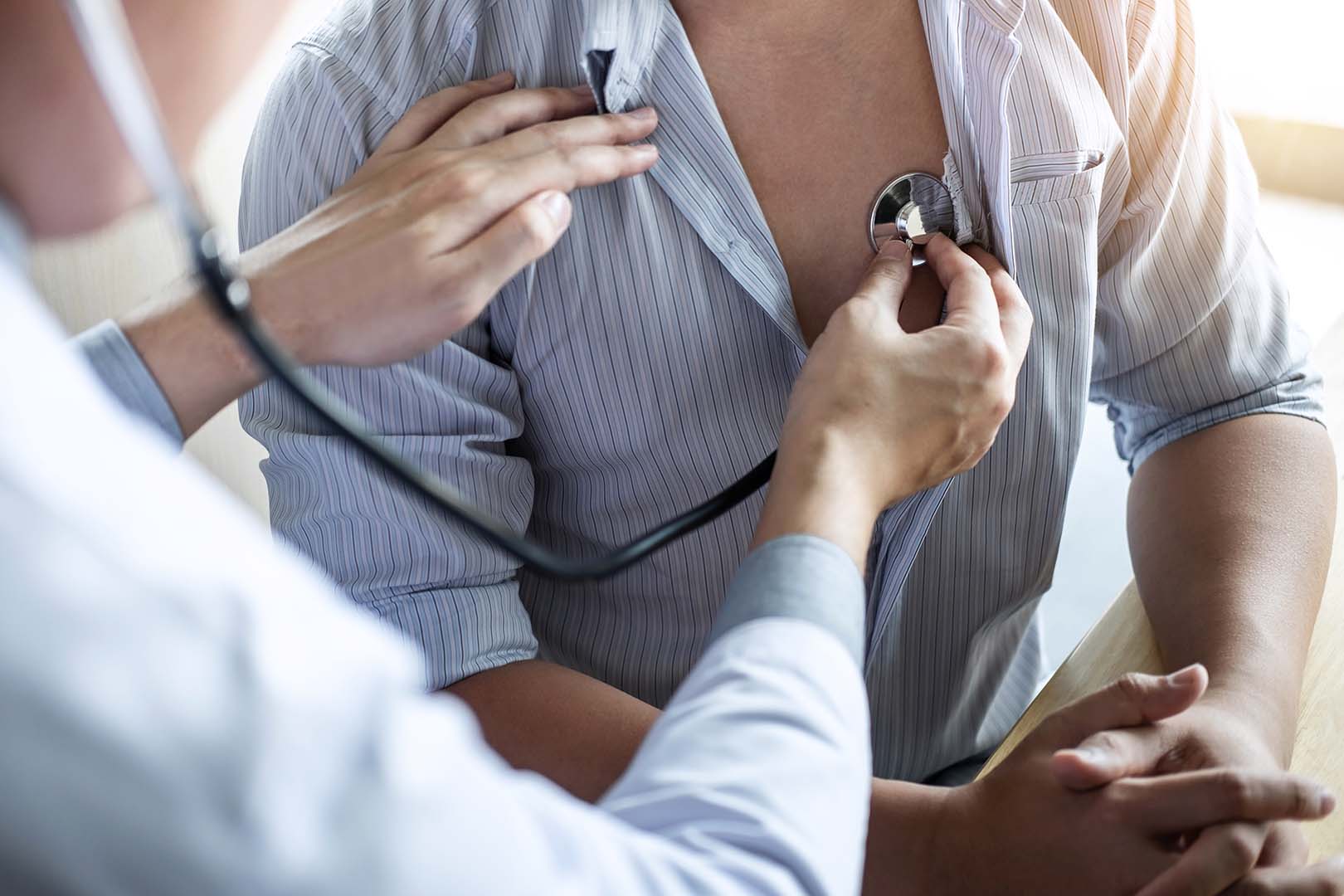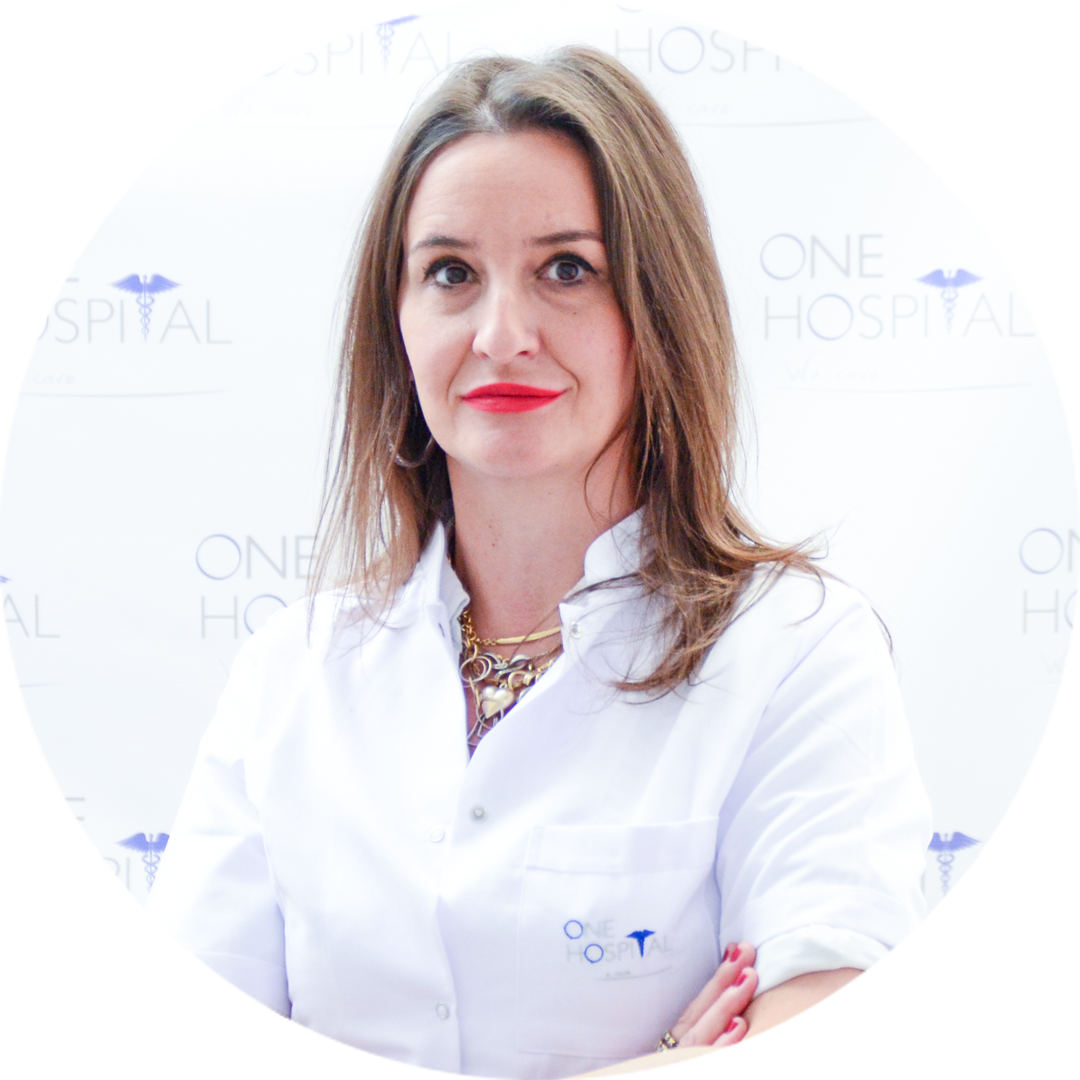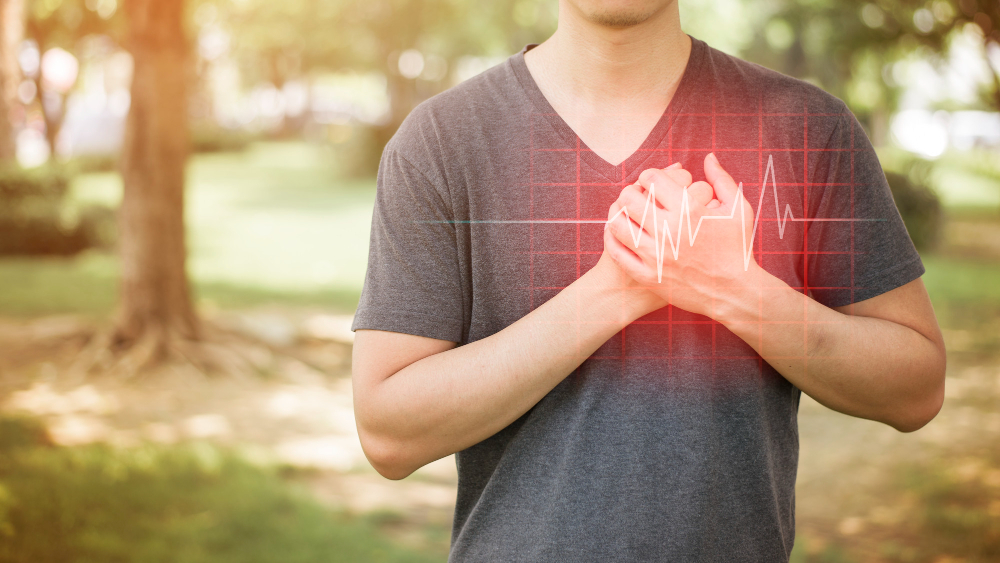Services:
It indicates airway capacity of the lungs, especially in chronic or acute exacerbated lung conditions. The patient sits on the examination chair and, once the procedure is explained, he/she takes as much air as he/she can and is allowed to exhale with maximum effort and as strong as he/she can in the paper part bound to the spirometer. The parameters are automatically measured and the procedure is repeated 2-3 times, a graph is obtained and a printout is obtained with the results of the current state of the respiratory system.
ECG is a very important test for the cardiovascular system especially for heart problems. After the procedure is explained to the patient, he/she lies down on the examination bed and the electrodes are placed (with pre-dampened skin with water or gel) on the electrocardiogram apparatus. Once all ECG outputs have been registered and confirmed by the doctor, the ECG findings are printed on paper. The patient is cleaned with dry paper and the examination finding is provided to the internist for a final analysis and recommendation. This procedure and service can track changes in heart rate, changes in blood vessels, heart muscle work, heart wrap, past illnesses and many other conditions about the cardiovascular system.
It means measuring blood pressure over 24 hours in several measurements throughout the day. So the measurements apply to all of the patient’s daily activities, such as rest, work, sitting, sleeping … After explaining the procedure to the patient, a Holter apparatus is positioned, fixed to the body by the placement of the electrodes properly, and the appliance switched on for regular measurements within 24 hours. After the examination is completed, the patient’s apparatus will be accepted and the recorded measurements will be analyzed and finally a full 24-hour follow-up report will be provided in a print version with an in-patient opinion on the condition. High values or peaks of arterial tension can be seen and recorded, at which time they occur and the possible cause of them, mean arterial tension is taken, and the patient’s illness or problems referenced.
It is similar to blood pressure measurement, where only heart rate and rhythm are measured for 24 hours. After the procedure is explained to the patient, the device is fitted to the patient, fixed to the body by the correct placement of the electrodes as recommended, and switched on for regular measurements within 24 hours. After the examination is completed, the patient’s apparatus will be accepted and the recorded measurements will be analyzed and finally a report of complete heart rate monitoring within 24 hours in a print version with an opinion on any changes or comments on the results. This method monitors and investigates heart changes in rhythm, arrhythmias, extrasistols, or other problems with the cardiovascular system.
It means an ultrasound examination of all abdominal organs in a separate cabinet, where the patient is placed in a lying position. During the examination possible changes around several organs such as liver, gall bladder, spleen, pancreas, kidney, bladder, prostate, intestines, and other can be seen.













